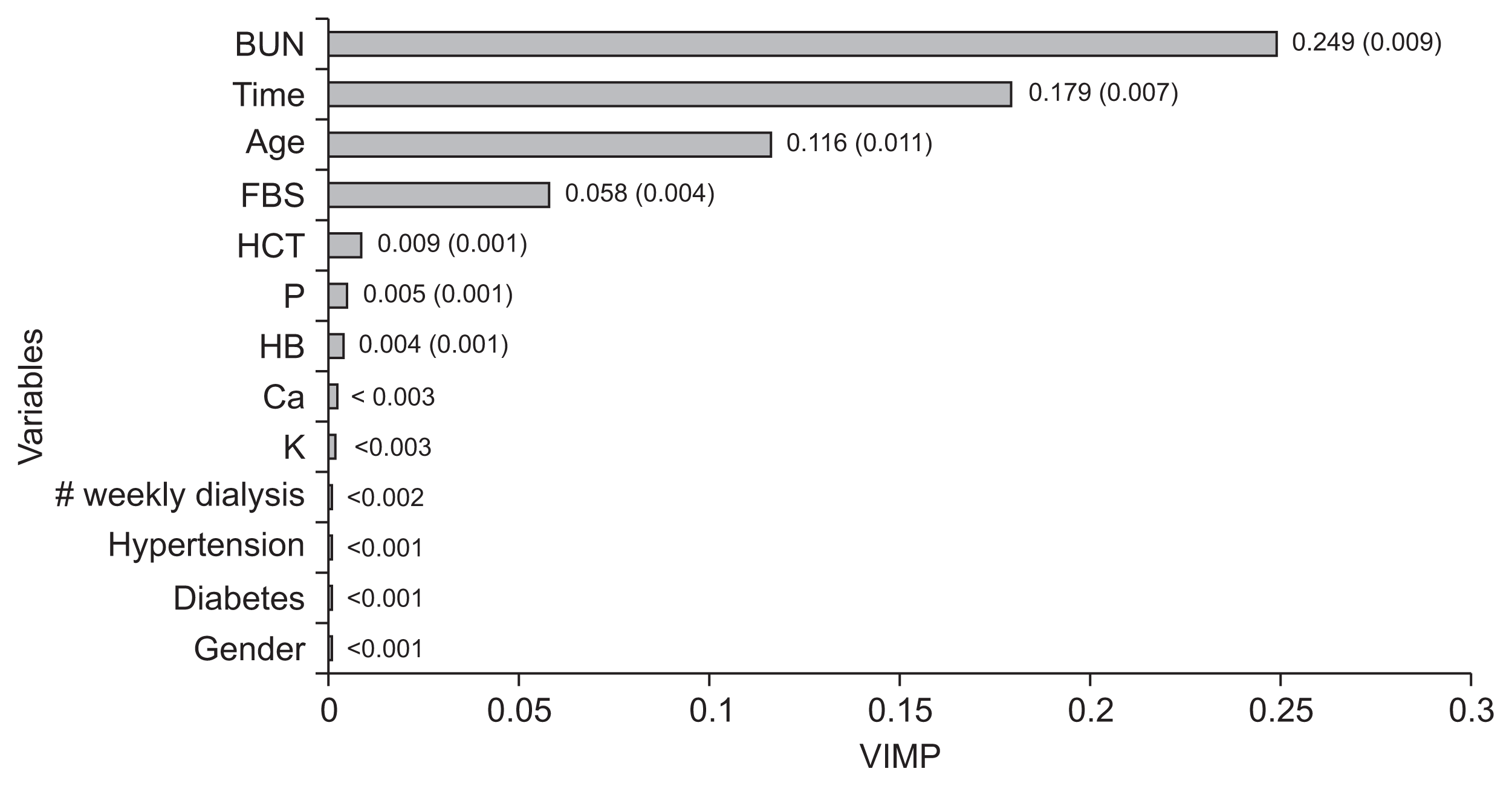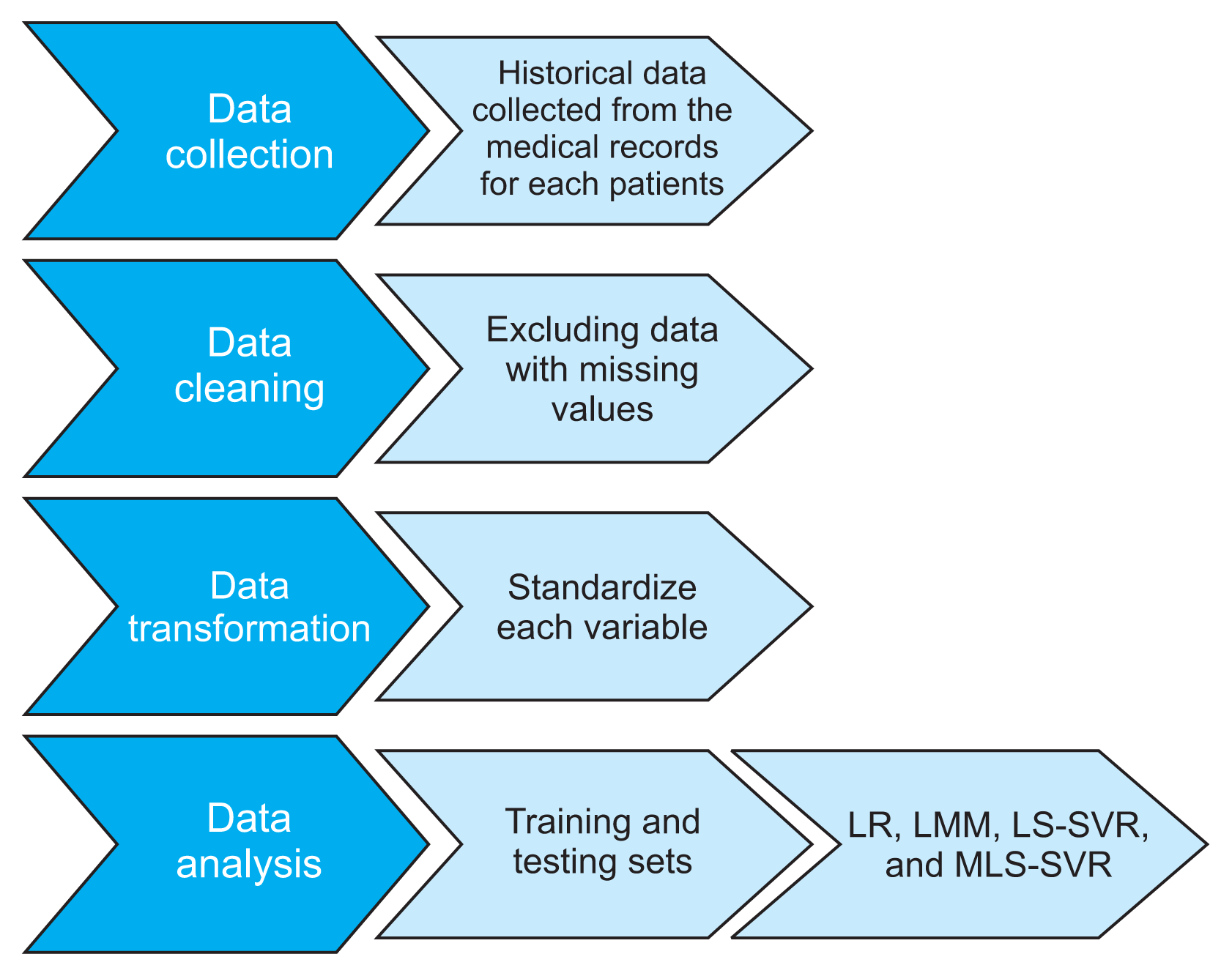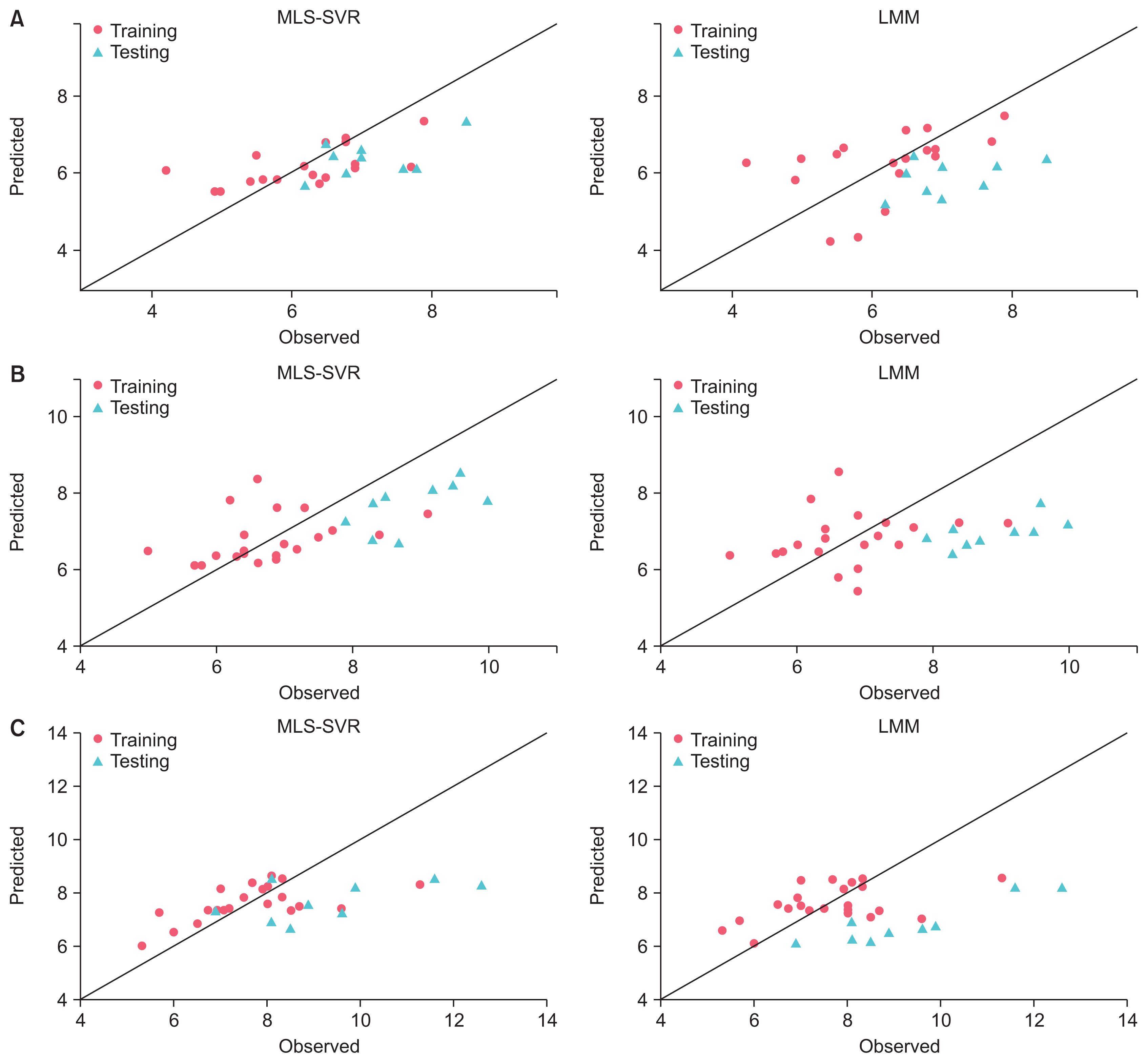1. Khazaei Z, Rajabfardi Z, Hatami H, Khodakarim S, Khazaei S, Zobdeh Z. Factors associated with end stage renal disease among hemodialysis patients in Tuyserkan City in 2013. Pajouhan Sci J. 2014; 13(1):33–41.
2. Bond M, Pitt M, Akoh J, Moxham T, Hoyle M, Anderson R. The effectiveness and cost-effectiveness of methods of storing donated kidneys from deceased donors: a systematic review and economic model. Health Technol Assess. 2009; 13(38):iii-156.

3. The Iranian Dialysis Consortium. Iran Dialysis Calender [Internet]. Tehran, Iran: The Iranian Dialysis Consortium;c2019. [cited at 2020 Apr 28]. Available from:
http://www.icdgroup.org.
4. Zahran A, El-Husseini A, Shoker A. Can cystatin C replace creatinine to estimate glomerular filtration rate? A literature review. Am J Nephrol. 2007; 27(2):197–205.

5. Lasisi TJ, Raji YR, Salako BL. Salivary creatinine and urea analysis in patients with chronic kidney disease: a case control study. BMC Nephrol. 2016; 17:10.

6. Hedeker D. Generalized linear mixed models. Everitt B, Howell DC, editors. 9780470860809. Hoboken (NJ): John Wiley & Sons;2005.
7. Hedeker D, Gibbons RD. Longitudinal data analysis. Hoboken (NJ): John Wiley & Sons;2006.
8. Verbeke G, Molenberghs G. Linear mixed models for longitudinal data. New York (NY): Springer;2009.
9. Amini P, Ahmadinia H, Poorolajal J, Moqaddasi Amiri M. Evaluating the high risk groups for suicide: a comparison of logistic regression, support vector machine, decision tree and artificial neural network. Iran J Public Health. 2016; 45(9):1179–87.
10. Amini P, Maroufizadeh S, Hamidi O, Samani RO, Sepidarkish M. Factors associated with macrosomia among singleton live-birth: A comparison between logistic regression, random forest and artificial neural network methods. Epidemiol Biostat Public Health. 2016; 13(4):e11985.
11. Tapak L, Mahjub H, Hamidi O, Poorolajal J. Real-data comparison of data mining methods in prediction of diabetes in iran. Healthc Inform Res. 2013; 19(3):177–85.

12. Suykens JA, Van Gestel T, De Brabanter J, De Moor B, Vandewalle J. Least squares support vector machines. Singapore: World Scientific Publishing;2002.
13. Suykens JA, Vandewalle J. Least squares support vector machine classifiers. Neural Process Lett. 1999; 9(3):293–300.
14. Shim J, Sohn I, Hwang C. Kernel-based random effect time-varying coefficient model for longitudinal data. Neurocomputing. 2017; 267:500–7.

15. Amiri MM, Tapak L, Faradmal J. A mixed-effects least square support vector regression model for three-level count data. J Stat Comput Simul. 2019; 89(15):2801–12.
16. Seok KH, Shim J, Cho D, Noh GJ, Hwang C. Semiparametric mixed-effect least squares support vector machine for analyzing pharmacokinetic and pharmacodynamic data. Neurocomputing. 2011; 74(17):3412–9.

17. Amiri MM, Tapak L, Faradmal J. A support vector regression approach for three–level longitudinal data. Epidemiol Biostat Public Health. 2019; 16(3):e13129.
18. Hosseini J. Comparison of longitudinal data analysis methods and its application in modeling health indicators [thesis]. Hamadan, Iran: Hamadan University of Medical Sciences;2019.
19. Montgomery DC, Peck EA, Vining GG. Introduction to linear regression analysis. Hoboken (NJ): John Wiley & Sons;2012.
20. Vapnik V. The nature of statistical learning theory. New York (NY): Springer;2010.
21. Zhang H, Singer BH. Recursive partitioning and applications. New York (NY): Springer;2010.
23. Chen T, Zeng D, Wang Y. Multiple kernel learning with random effects for predicting longitudinal outcomes and data integration. Biometrics. 2015; 71(4):918–28.

24. Nguyen-Khoa T, Massy ZA, De Bandt JP, Kebede M, Salama L, Lambrey G, et al. Oxidative stress and haemodialysis: role of inflammation and duration of dialysis treatment. Nephrol Dial Transplant. 2001; 16(2):335–40.
25. Tatari M, Rahgozar M, Khanloo SA, Hosseinzadeh S. The relationship between blood creatinine levels and survival of patients with kidney disease using joint longitudinal and survival model. J Health Promot Manag. 2017; 6(3):12–9.






 PDF
PDF Citation
Citation Print
Print





 XML Download
XML Download